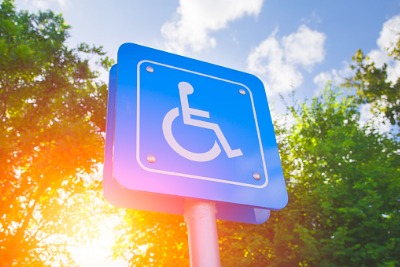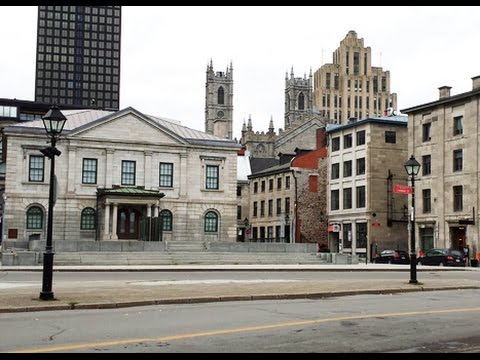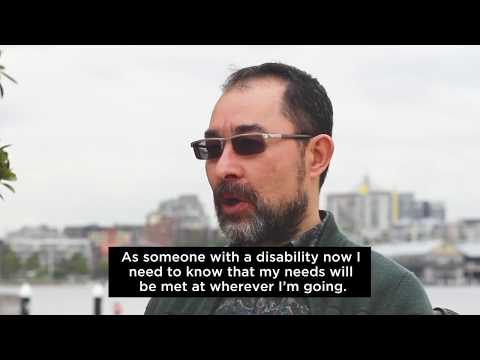We don’t tend to talk about toilets much, even though we all use them. Yet not only do public toilets meet our voiding needs when we go out, but they are the site for many underlying social processes and behaviours, especially those related to gender roles.
Lisel O'Dwyer, Flinders University
They also represent unspoken boundaries between public and private (eyes front! Avoid noises! Wash hands!). The lack of attention to public toilets means we know very little about how they meet local needs and social participation in Australia.
We do know that a lack of public toilets can result in social isolation and create difficulties for daily life (particularly for the large proportion of the population with continence issues), such as shopping for food and even going to work. Wider consequences are low self-esteem, depression and loneliness.
Meeting the need to go
From a purely physical needs perspective, nearly five million Australians have bladder or bowel control problems. This means many can’t confidently leave their homes unless they know toilets will be available.
People who have to plan their activities or schedules around their toileting needs are frequent users of public toilets. They include the elderly, parents with small children, people with certain disabilities, people with a range of medical conditions, and workers whose jobs involve driving (and these groups are not mutually exclusive).
Inability to find or use toilets when outside the home also has implications for bladder, bowel or kidney health when people are forced to “hold on”, or can result in embarrassing accidents. Incontinence has a profound effect on people’s social and psychological wellbeing.
A 2006 survey in the UK found that 82% of respondents felt that public toilet provision in their areas did not meet their needs. More than half agreed that the lack of public toilets stopped them from going out as often as they would like.
Despite this need, the number of available public toilet facilities in the UK halved between 1999 and 2008.
Population ageing means more people will eventually experience incontinence or take medication that means they need to go more often. Older people may also simply find it harder to get on and off the toilet, or even reach it in time.
Barriers to use
Ironically, current innovations in public toilet design may not be suitable for an ageing population. Research has found that older people perceive self-cleaning toilets as unfamiliar and difficult to use.
Many other people may also avoid self-cleaning public toilets. The reasons include fears of being locked in, the doors opening or water squirting before the user is ready, wet surfaces, or being unable to see who might be waiting outside.
People with disabilities face additional problems. For a start, toilets designated for the disabled are often locked (to prevent others from using them for undesirable purposes). Users must first request permission or a key to gain access.
The average toilet cubicle does not provide enough space for people with disabilities (or aged persons) or, for those who have carers, for a carer to assist them. Very few public toilets have hoists or changing tables for adults. Sometimes they must lie on the floor of a toilet block, which obviously is neither private nor hygienic. If carers are of the opposite gender, entering a public toilet can be awkward.
A right to better toilet facilities
As a result of these problems, many people with disabilities are forced to go home to attend to their toileting needs. This is a major disruption to their education, employment or socialising.
All these problems mean that some people with disabilities must restrict their fluid and food intake so as to avoid needing a toilet while outside the home. That’s a serious infraction of human rights.
The online National Toilet Map tells us where public toilets are. What it does not tell us is:
-
whether there are enough public toilets
-
how well the pattern of distribution meets the needs of the local population
-
how the availability, cleanliness, maintenance, design and other uses of public toilets influence people’s daily life.
Providing public toilets is not a legislative requirement for local governments. In fact, most don’t have dedicated public toilet policies beyond basic aspects of design and costs of maintenance and vandalism. Research by the author has found one result of this is socioeconomic inequality in where public toilets are provided.
Issues for all age groups and genders are hygiene, information (about location), lighting, cleanliness, maintenance and cubicle design. The presence of “sharps” disposal boxes, for example, can have a negative impact on ordinary public toilet users who are forced to share the space with people with a drug habit.
The inclusive design of a public toilet is not just a matter of “getting the specifications right”. How do the multiple uses of public toilets affect people’s toileting patterns and consequently their use of public spaces?
Without understanding how the wide range of prospective users actually use public toilets, costly design responses may exclude rather than include.
Lisel O'Dwyer, Senior Researcher, Social and Policy Studies, Flinders University
This article is republished from The Conversation under a Creative Commons license. Read the original article.








